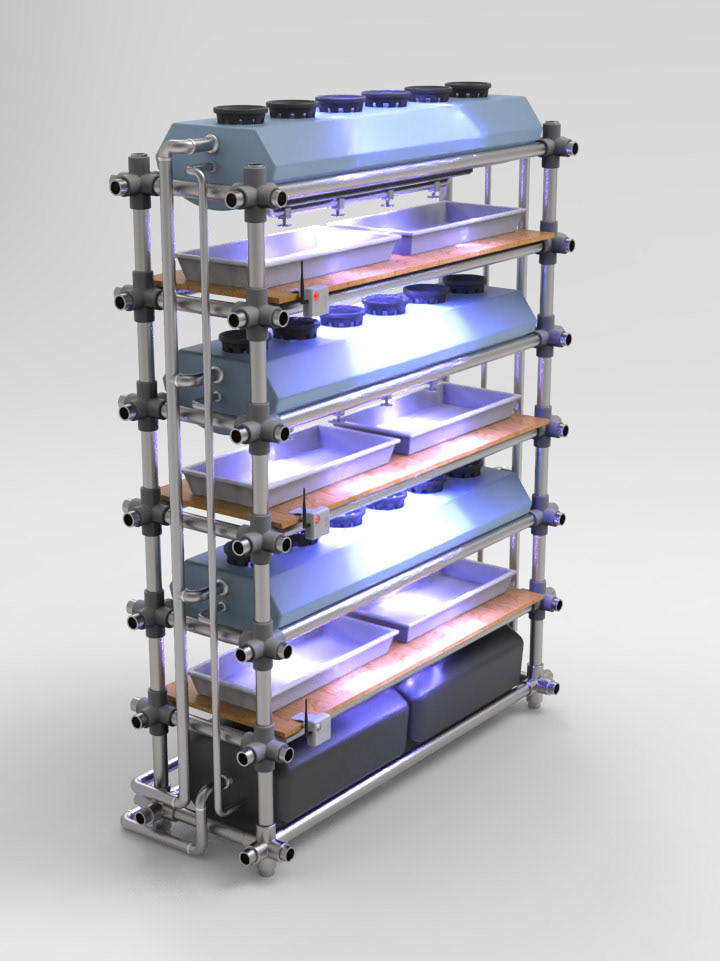Gardening is the most popular hobby in the United States. 77% of all American households participate in gardening, according to the National Gardening Survey of 2018.
Unfortunately, arthritis is also one of the most widespread medical conditions in the states, 85% of the population over 75 suffer from it.
I realized that when I was designing a gardening tool for people with arthritis, I was tackling a problem for a large group of people.
These are my average users, Charles and Donna. Creating this user board helped make the project more personal.
Charles used to be a wood worker, but due to all the repetitive movements of wood working, he developed a mild form of arthritis.
These are Charles' hands. He has Osteoarthritis; his cartilage have worn down and he has difficulty opening and closing his fingers as well as his palms. He also feels stiffness when moving his wrists.
Donna has the same symptoms, but milder, due to old age.
Unfortunately, the garden tools commonly sold in the market, are not suited for Charles and Donna to use.
I did an empathy exercise to feel what Charles and Donna feel when using the average garden tool. I taped up my hand and joints to simulate Charles and Donna's hand condition.
I realized the garden tool didn't offer enough leverage and was too thin. The hand slips when the rake is met with resistance such as a root. This forces the user to grip harder for the tool not to slip. This puts stress on the joints.
Also due to the tool's linear shape, it forced the user to hold the tool at an unnatural wrist angle.
To address these problems, I wanted to design a tool that offered more leverage, prevented slippage and encouraged neutral wrist position.
This is my initial prototype made from plasticine.
I did another empathy exercise to see if the model was achieving my goals.
Based off of the plasticine model, I made a more functional model.
The bumps on the tool provided much more leverage and the shape of the neck promoted neutral wrist position. The tail at the end of the handle prevented the hand from slipping and provided a place for the hand to rest.
I needed feedback from the user group, so I visited a hand therapist, Johnson and Wales University recovery center as well as people I know who have mild arthritis.
I got a lot of positive feedback, but a lot of people pointed out that the current design was right-hand specific, when in reality people use both hands when gardening.
I made second prototypes based off the feedback. I basically cut the previous design in half and made it symmetrical. The second design was ambidextrous, but the tail at the end got in the way of the wrist.
I brainstormed ways to create an ambidextrous tail without having it obstruct the wrist. I was also studying finishes for the final product at this point.
The handle provides leverage so that the user doesn't have to grip hard to pull. The bend in the neck allowed the user to maintain a neutral wrist position. The tail at the end prevents the palm from slipping and provides a rest for the palm. The tool is also ambidextrous.










